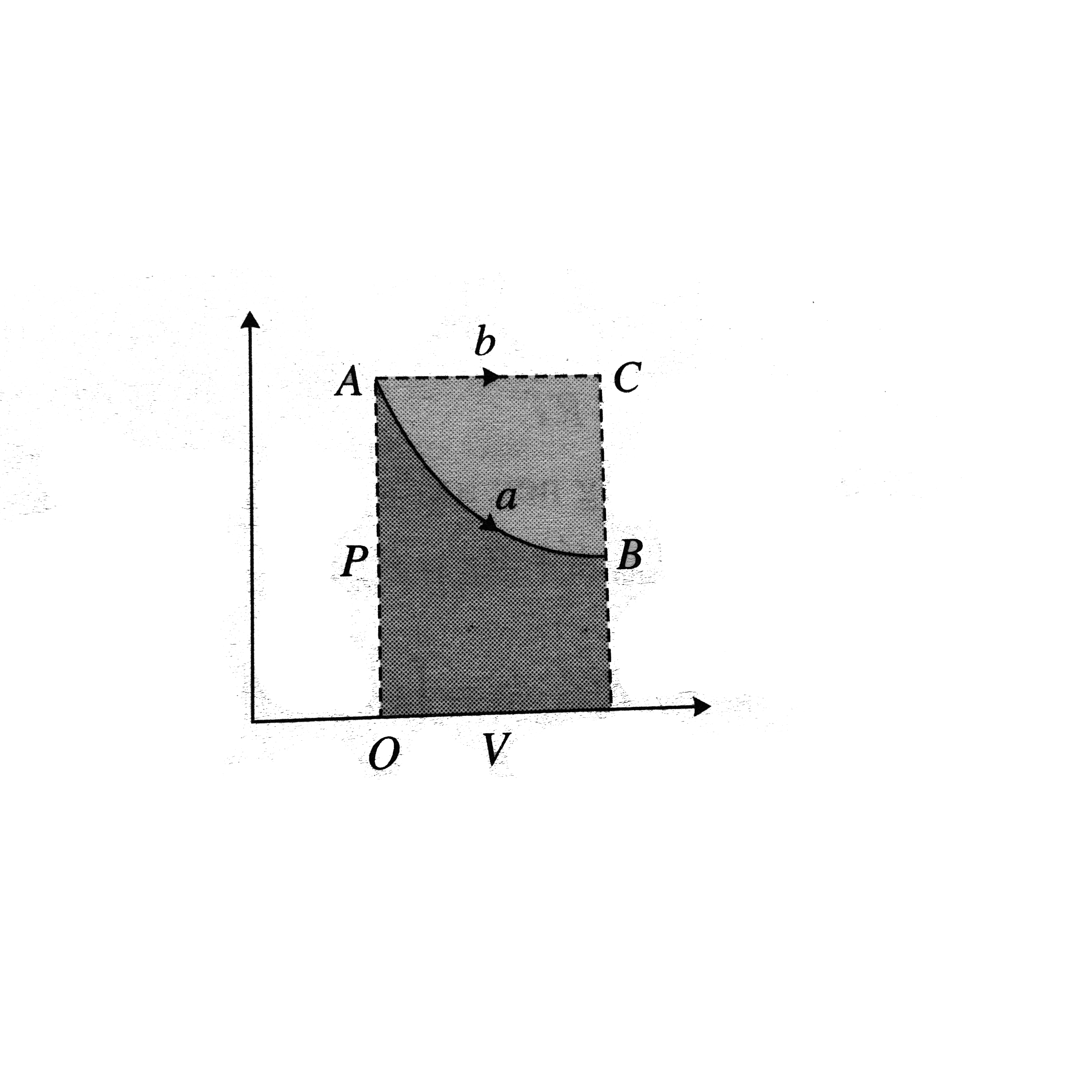The pressure (P) and temperature (T) relationship of an ideal gas obeys the equation constant. The volume expansion coefficient of the gas will be:
The correct Answer is:D
To find the volume expansion coefficient (β) of an ideal gas given the relationship PT2=constant, we can follow these steps:
1. Start with the given relationship:
PT2=C
where C is a constant.
2. Use the Ideal Gas Law:
The ideal gas law states:
PV=nRT
Rearranging this gives:
P=nRTV
3. Substitute P into the first equation:
Substitute P from the ideal gas law into the relationship PT2=C:
(nRTV)T2=C
This simplifies to:
nRT3V=C
4. Rearranging the equation:
Rearranging gives:
T3=CVnR
Let's denote CnR as a new constant C′:
T3=C′V
5. Differentiate with respect to time:
Differentiate both sides with respect to T:
3T2dTdt=C′dVdt
6. Express dVdt:
Rearranging the differentiation gives:
dVdt=3T2C′dTdt
7. Define the volume expansion coefficient:
The volume expansion coefficient β is defined as:
β=1VdVdT
From the previous equation, we can express dVdT:
dVdT=3T2C′
8. Substituting into the volume expansion coefficient:
Substitute dVdT into the equation for β:
β=1V⋅3T2C′
9. Simplifying β:
Since C′ is a constant, we can express β in terms of T:
β=3T
Final Answer:
Thus, the volume expansion coefficient of the gas is:
β=3T
PT2=C
where C is a constant.
The ideal gas law states:
PV=nRT
Rearranging this gives:
P=nRTV
Substitute P from the ideal gas law into the relationship PT2=C:
(nRTV)T2=C
This simplifies to:
nRT3V=C
Rearranging gives:
T3=CVnR
Let's denote CnR as a new constant C′:
T3=C′V
Differentiate both sides with respect to T:
3T2dTdt=C′dVdt
Rearranging the differentiation gives:
dVdt=3T2C′dTdt
The volume expansion coefficient β is defined as:
β=1VdVdT
From the previous equation, we can express dVdT:
dVdT=3T2C′
Substitute dVdT into the equation for β:
β=1V⋅3T2C′
Since C′ is a constant, we can express β in terms of T:
β=3T
Thus, the volume expansion coefficient of the gas is:
β=3T
Topper's Solved these Questions
Similar Questions
An ideal gas is expanding such that PT3= constant . The coefficent of volume expansion of the gas is :
View SolutionA quantity of gas occupies an initial volume V0 at pressure p0 and temperature T0. It expands to a volume V (a) constant temperature and (b) constant pressure. In which case does the gas do more work ?
 View Solution
View Solution
Knowledge Check
- Question 1 - Select One
An ideal gas is expanded such that PT2=a constant. The coefficient of volume expansion of the gas is
A1TB2TC3TD4T - Question 2 - Select One
For an ideal gas PT11 = constant then volume expansion coefficient is equal to :-
A11TB1TC12TD2T - Question 3 - Select One
An ideal gas is expanding such that PT2=constant. The coefficient of volume expansion of lthe gas is:
A1TB2TC3TD4T
An ideal gas is expanding such that PT∘=constant. The coefficient of colume expansion of the gas is-
View SolutionCoefficient of volume expansion of a gas is:
View SolutionAt a given temperature, pressure of a gas obeying van der Waals equation is
View SolutionAn ideal gas is taken through a process PT3= constant. The coefficient of thermal expansion of the gas in the given process is
View SolutionCertain perfect gas is found to obey PVn = constant during adiabatic process.
The volume expansion coefficient at temperature T isView Solution

